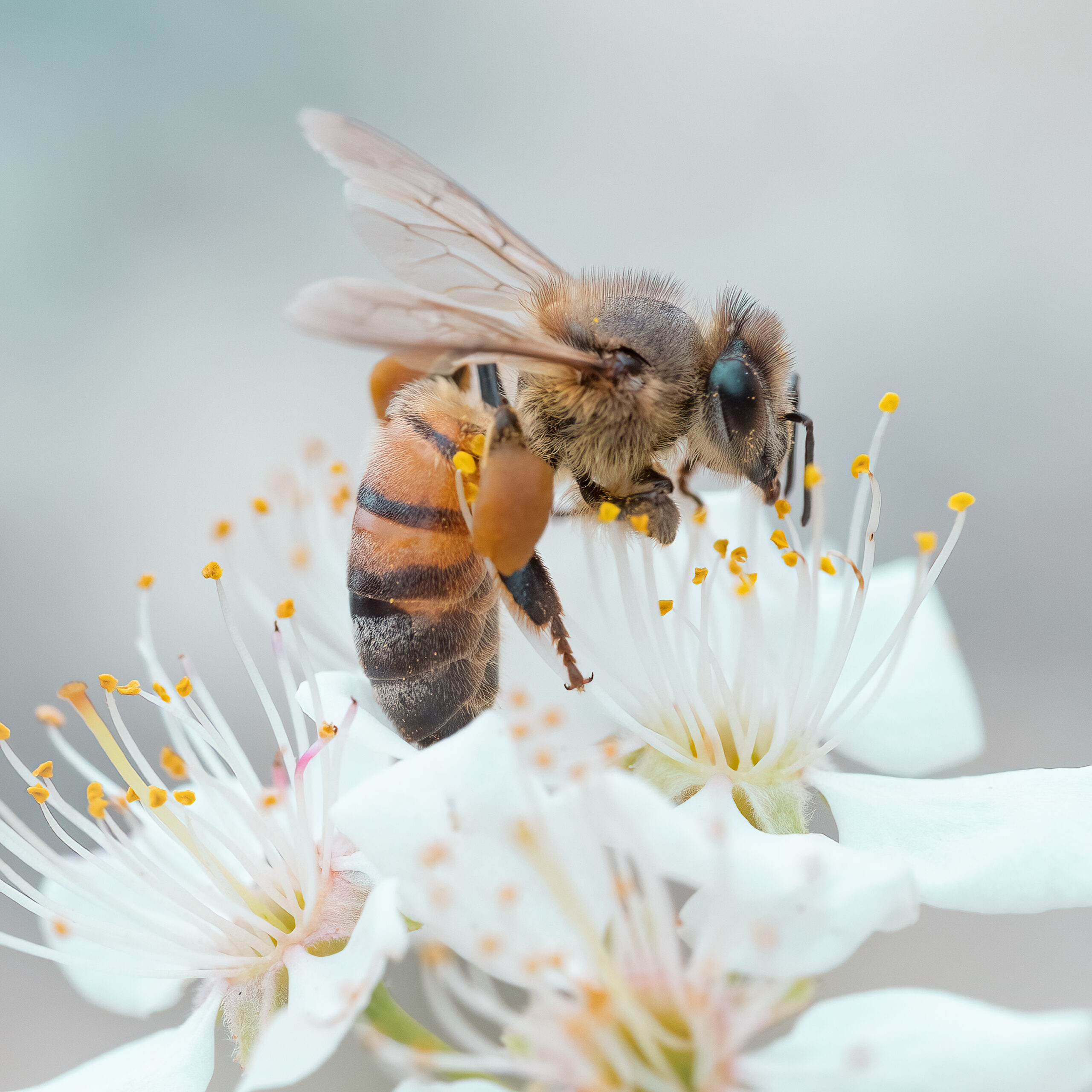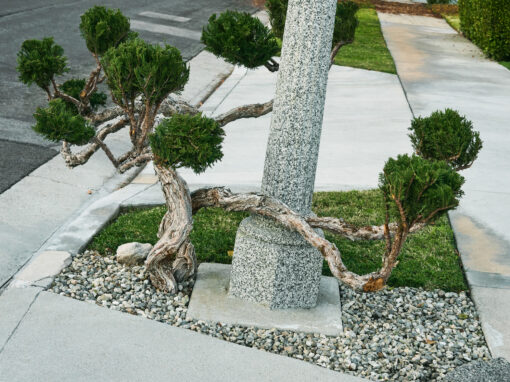When I need a break and a change of scenery, I can go into an entirely different world when I focus in on tiny creatures and their habitats. Seeking them out or happening upon them brings me curiosity, wonder, joy, and a great challenge. And, I love capturing their essence – their portraits, and then exploring details in Lightroom that just aren’t visible to the naked eye.
While these mini-models can be restless and are rarely in a convenient place for quality of light, the elements, or just plain reach…they are plentiful most of the year here in central Texas. After I scout a spot, I observe the wildlife and the setting for sometimes a half hour or more. I start to get an idea of how my subjects come in for a landing, what direction they keep to the sun, whether or not they circle back, how they climb about, how they respond to the wind, how they respond to me and the lens, how they twitch about, etc. Then I get to work. I’m typically doing a lot of breath control. I hold long, awkward yoga-like poses while craning myself and my gear around obstacles. At the same time, I’m trying not to fall into whatever slime a butterfly may be slurping, stagnant ponds with curious snakes, active ant beds alongside a ditch or creek, or any variety of treacherous plants that I’d argue pose bigger threats to my health and safety.
My gear is unassuming and is very lightweight. I avoid flash on account of the weight it adds. I move up, down, and around far too much to use a tripod or monopod. I left the camera strap at home and turned off my shutter sound because I started to believe they could startle or distract my subjects. I shoot manually, so I’m constantly adjusting for the dappled light or harsh sun, the rapidly changing subjects of different sizes, their unique and changing speeds, and at the lowest ISO possible for any given moment. I’ve yet to trust focus tracking, but maybe I’ll give in and give it a go. I rely extensively on my articulating screen since I can use it like a periscope or spy mirror when craning around plant life or other obstacles. And, not using a viewfinder heightens my situational awareness–a must for fleeting moments and when going it alone. It’s all a bit chaotic, perhaps, but that’s my process for quite a few years now.
This particular photo was on a fruit tree across the street in a neighbor’s yard, so the location scouting couldn’t have been easier. The blooms last year were glorious, and it was as if there was a whole chorus of bees and some butterflies, too. I was shooting handheld, mostly overhead, and alternating between bright sun and shade. I really hit the jackpot that day. Plus, pollinators drunk on pollen can get pretty relaxed and are a goldmine for photos.
What are the TWO most impactful features that make your image a good photograph? Don’t be shy!
I’m particularly pleased with the calm, poetic nature of this image.
If you could make this photo again, what would be the ONE thing you would like to do better or different?
My most common regret is not spending an additional half hour with a subject, light, or setting. I think that tracks here, too.
Deanna James shared this photograph with the FRAMES Facebook Group.
Photographer
Deanna James, Austin, TX, United States
Equipment and settings
Olympus EM1 Mark II, 60mm macro
1/400 sec at f 4.5, ISO 400
handheld, natural light




